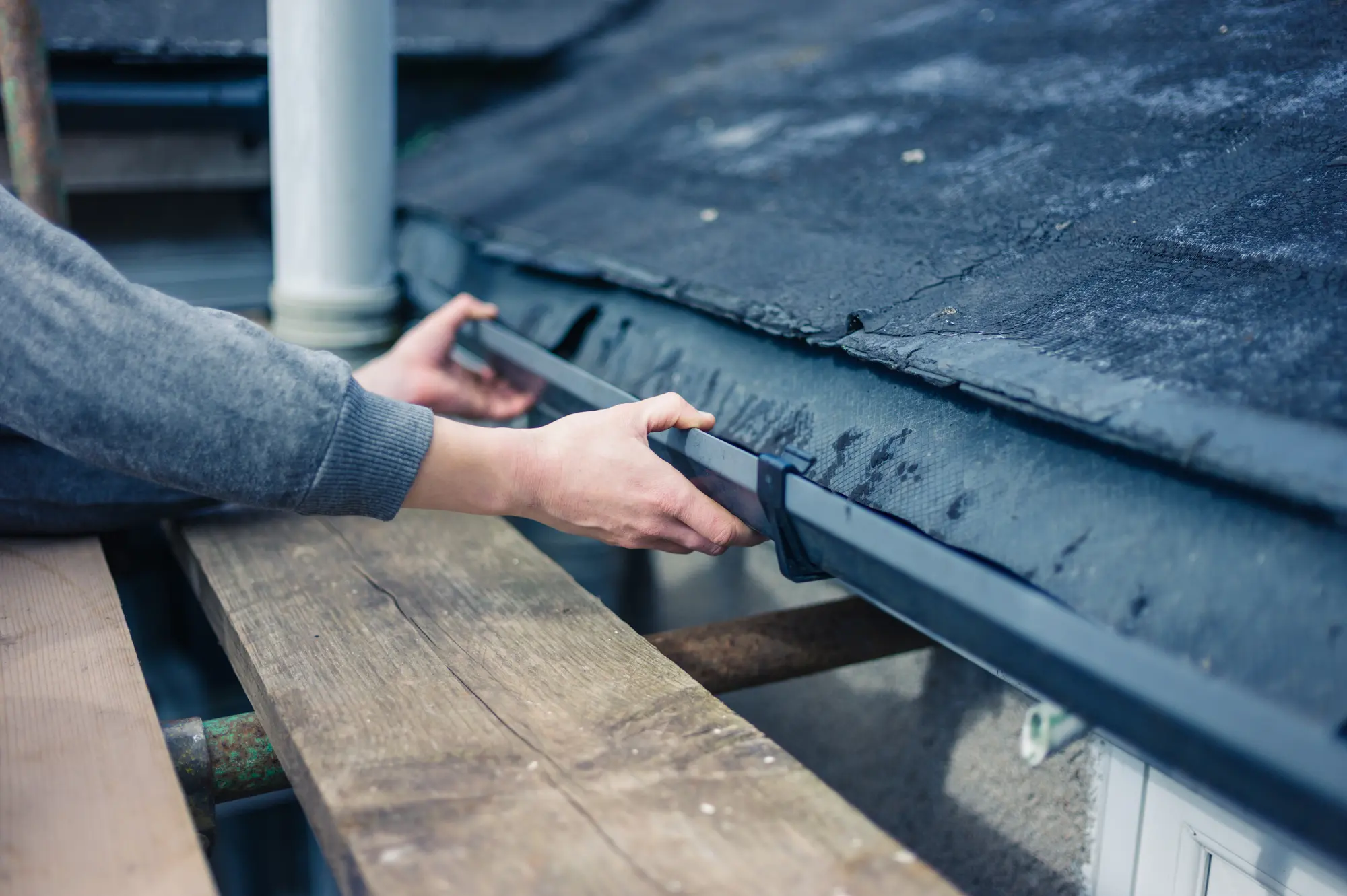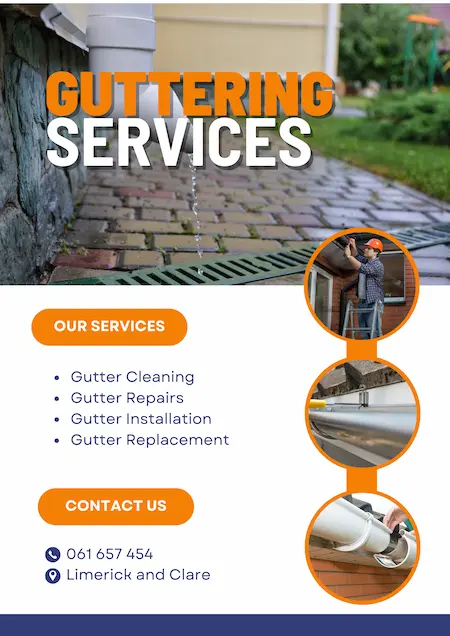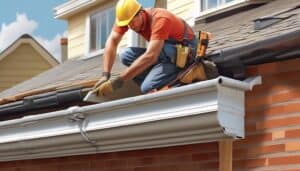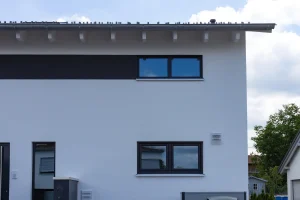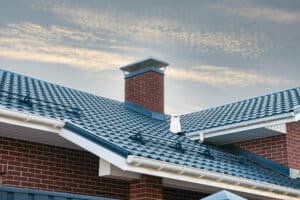When considering the essential components of a well-maintained home, gutter systems often go underappreciated, yet they play a crucial role in diverting water away from the foundation and protecting the structural integrity of the property.
As a homeowner, the selection of the appropriate gutter type is a decision that requires an informed assessment of the various options available, each with its unique attributes and potential drawbacks.
From the widely popular K-style gutters that blend seamlessly with modern home aesthetics to the traditional charm of half-round gutters, the choice extends further into the realms of durability and maintenance, where the debate between seamless and sectional gutters presents compelling considerations.
Furthermore, the debate between vinyl and metal gutters introduces a layer of complexity regarding long-term performance and climatic suitability.
As we explore the characteristics and suitability of each gutter type, homeowners will be equipped with the knowledge to make a decision that not only enhances their home’s exterior but also ensures its longevity against the elements.
Key Takeaways
- K-style gutters enhance the exterior aesthetic of a home and provide functional superiority, reducing the likelihood of sagging and deformation over time.
- Half-round gutters offer a classic appearance and complement traditional home architecture. Their open, symmetrical shape reduces debris accumulation.
- Seamless gutters eliminate joins and leaks, as they are custom-fabricated on-site for a perfect fit. They decrease the risk of leaks compared to sectional gutters.
- Metal gutters (aluminium, steel, copper) boast superior resilience and endure harsh weather conditions better than vinyl. They have a longer lifespan, making them a durable choice.
What Are K-Style Gutters?
K-style gutters, comprising a significant majority of gutters installed on residential properties, are favoured for their high capacity and resilient design. Characterized by their profile, which resembles decorative crown moulding, K-Style gutters not only enhance the exterior aesthetic of a home but also provide functional superiority. The design inherently offers rigidity, reducing the likelihood of sagging and deformation over time.
K-style advantages are numerous. Their flat-back design allows for a straightforward installation directly to the fascia board, which streamlines the process and provides a clean finish. Additionally, the shape facilitates a more seamless flow of water and debris, minimizing clogs and maintaining optimal functionality. Their capacity to hold more water than their half-round counterparts makes them especially suitable for regions with heavy rainfall.
Installation considerations for K-Style gutters involve precise measurements and careful planning to ensure adequate pitch and appropriate placement of downspouts for efficient water management. Installers must account for the gutter’s accommodation of standard hangers, which are used to secure them to the building. These practical attributes make K-Style gutters a prudent and popular choice for both new constructions and retrofitting projects.
What Are the Basics of Half-Round Gutters?
While K-style gutters are known for their capacity and durability, half-round gutters offer a classic appearance and are often chosen for their smooth, curved design that can complement traditional home architecture. Half-round gutters hark back to a time when craftsmanship was key, and their simple, elegant shape suits both historic restorations and upscale new homes looking for a touch of class.
The efficiency of half-round gutters in channelling water is due to their open, symmetrical shape which reduces the likelihood of debris accumulation and clogging, thus offering a self-cleaning feature to some extent. When selecting gutter materials for half-round styles, options typically include copper, galvanized steel, aluminium, or zinc. Copper, while being the most aesthetically pleasing and durable, is also the most expensive. Aluminium, on the other hand, provides a good balance of cost, durability, and low maintenance.
Installation techniques for half-round gutters differ slightly from those for K-Style. They typically require brackets or hangers that are more visible and often contribute to the gutter’s decorative appeal. Installers must ensure that these gutters are precisely pitched to prevent water pooling, and seams must be expertly sealed to avoid leaks. The technical nuances of installation highlight the importance of hiring skilled professionals for both material selection and gutter system implementation.
What Are Seamless Gutters?
Seamless gutters, constructed from a single piece of material to eliminate joins and leaks, represent a modern innovation in rainwater management systems for residential properties. These continuous gutter systems are custom-fabricated on-site to the precise dimensions of a home, ensuring a perfect fit and reducing the potential for vulnerabilities that can lead to water damage.
The lack of seams in these gutters markedly decreases the risk of leaks, providing a more reliable solution to traditional sectional gutters. From an installation perspective, while the initial costs may be higher due to the need for specialized equipment and labour, the long-term savings on maintenance and repair work can be substantial. Seamless gutters are typically made from aluminium, but can also be found in materials such as copper and steel, each with its cost implications.
Maintenance tips for seamless gutters involve regular cleaning and inspection to ensure that they remain free from debris that could impede water flow. Despite their design minimizing potential leak points, it’s critical to ensure that gutter supports maintain integrity and that downspouts are clear. A well-maintained seamless gutter system is a cost-efficient, durable, and aesthetically pleasing choice for smart rainwater management in residential construction.
What Are Fascia Gutter Characteristics?
Fascia gutters, often integrated directly into the fascia board, offer a streamlined and custom-fit solution for rainwater management in residential properties. These gutters are not only functional but also provide an aesthetic complement to a home’s exterior. As an integral component of the roofing system, fascia gutters must be precisely installed and maintained to ensure optimal performance and longevity.
To elucidate, consider the following characteristics of fascia gutters:
- Customization: Unlike traditional gutter systems, fascia gutters are tailor-made to fit the specific dimensions of a home, which minimizes leaks and potential water damage.
- Durability: Typically crafted from robust materials such as aluminium, fascia gutters are designed to withstand adverse weather conditions and resist corrosion over time.
- Installation Process: The installation of fascia gutters requires a high degree of precision and should be carried out by experienced professionals to ensure proper alignment and secure attachment to the fascia board.
- Maintenance Requirements: Regular cleaning and inspections are paramount for fascia gutters, as debris accumulation can lead to blockages, water overflow, and subsequent damage to the roofing and foundation.
What Are the Options for Vinyl Versus Metal?
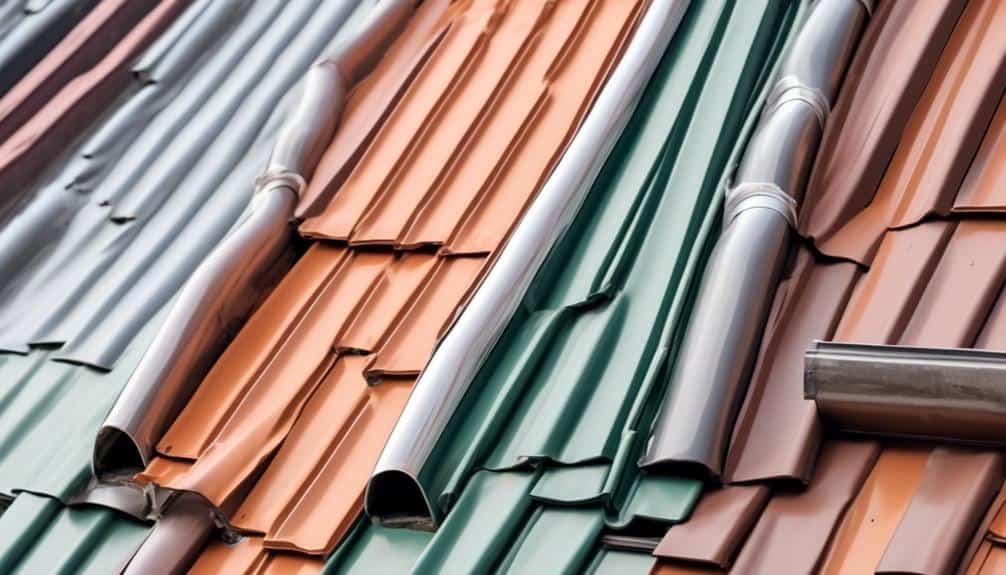
When selecting gutters for your home, homeowners must weigh the benefits and drawbacks of vinyl against those of metal options, each with distinct attributes and longevity implications. Material durability is a significant factor when deciding between the two. Vinyl gutters, made from PVC plastic, are lightweight, easy to install, and resist rust and corrosion. However, they may not hold up as well in extreme temperatures, potentially leading to cracking or warping. Conversely, metal gutters, including aluminium, steel, and copper varieties, boast superior resilience. These gutters endure harsh weather conditions better and have a longer lifespan than vinyl, but come at a higher installation cost.
To assist in the decision-making process, consider the following comparative table:
| Aspect | Vinyl Gutters | Metal Gutters |
|---|---|---|
| Material Durability | Susceptible to damage | Highly durable |
| in extreme temperatures | in most climates | |
| Installation Cost | Typically lower | Generally higher due |
| due to the ease of | to material and labour | |
| installation | complexities | |
| Maintenance | Minimal, but may need | Less frequent, but |
| replacement sooner | may require painting | |
| than metal options | or anti-rust treatment |
Choosing the right gutter material is an exercise in balancing these aspects to meet the specific needs of your home’s architecture and local climate conditions.
What Type of Gutters Are Best for Painting?
When considering how to paint aluminium gutters, it’s best to choose seamless aluminium gutters. They are durable, have a sleek appearance, and are easy to paint. Seamless gutters also require minimal maintenance, making them an ideal choice for a long-lasting and aesthetically pleasing gutter system.
Frequently Asked Questions
Conclusion
In conclusion, the selection of gutter types for residential structures encompasses a variety of options, each with distinct characteristics.
K-style gutters are renowned for their durability and capacity, while Half-Round gutters offer a traditional aesthetic.
Seamless gutters provide a reduction in leaks, and Fascia gutters integrate seamlessly with the home’s architecture.
The choice between vinyl and metal gutters involves a trade-off between cost-effectiveness and longevity.
Homeowners must consider these factors to determine the most appropriate gutter system for their needs.
